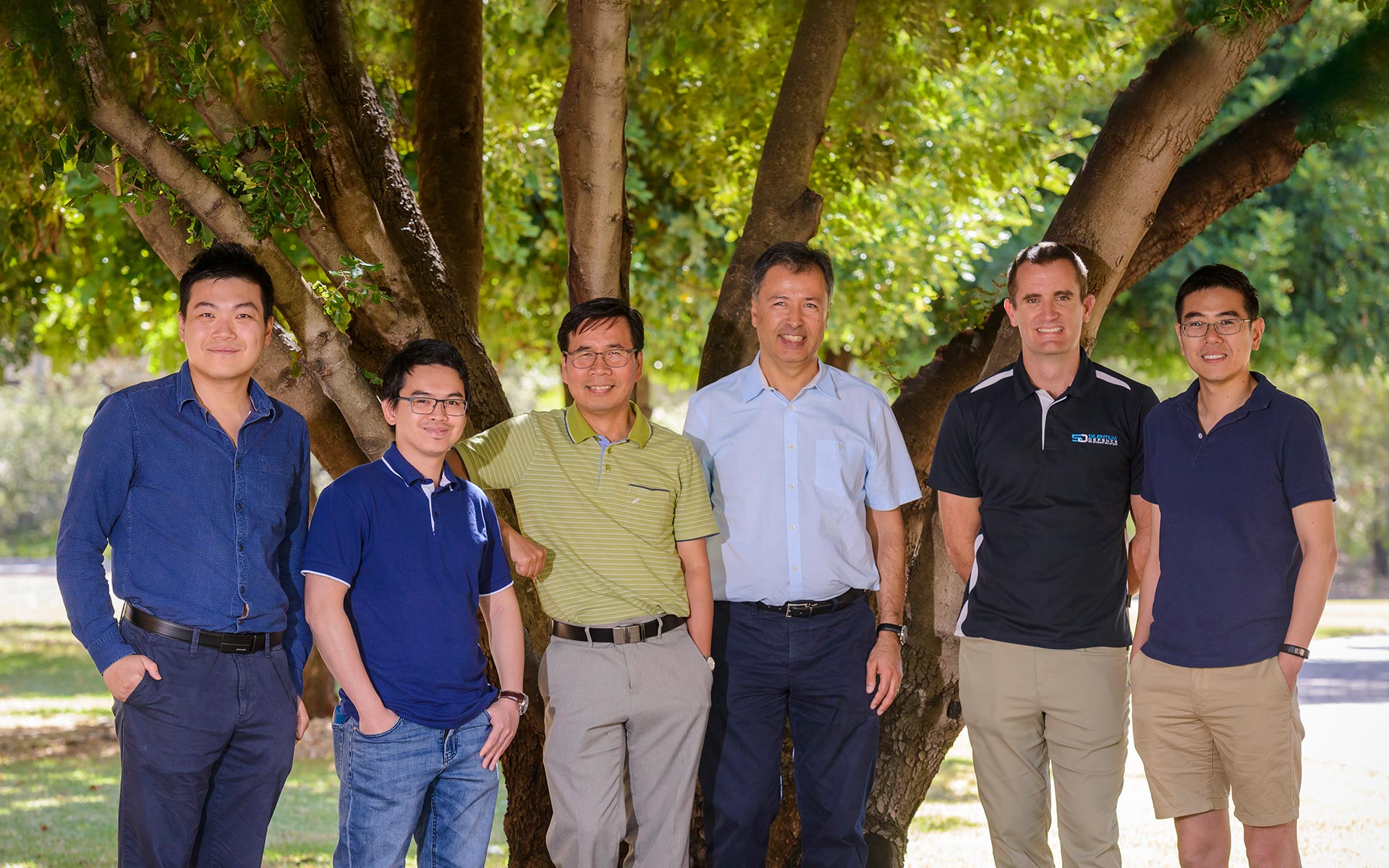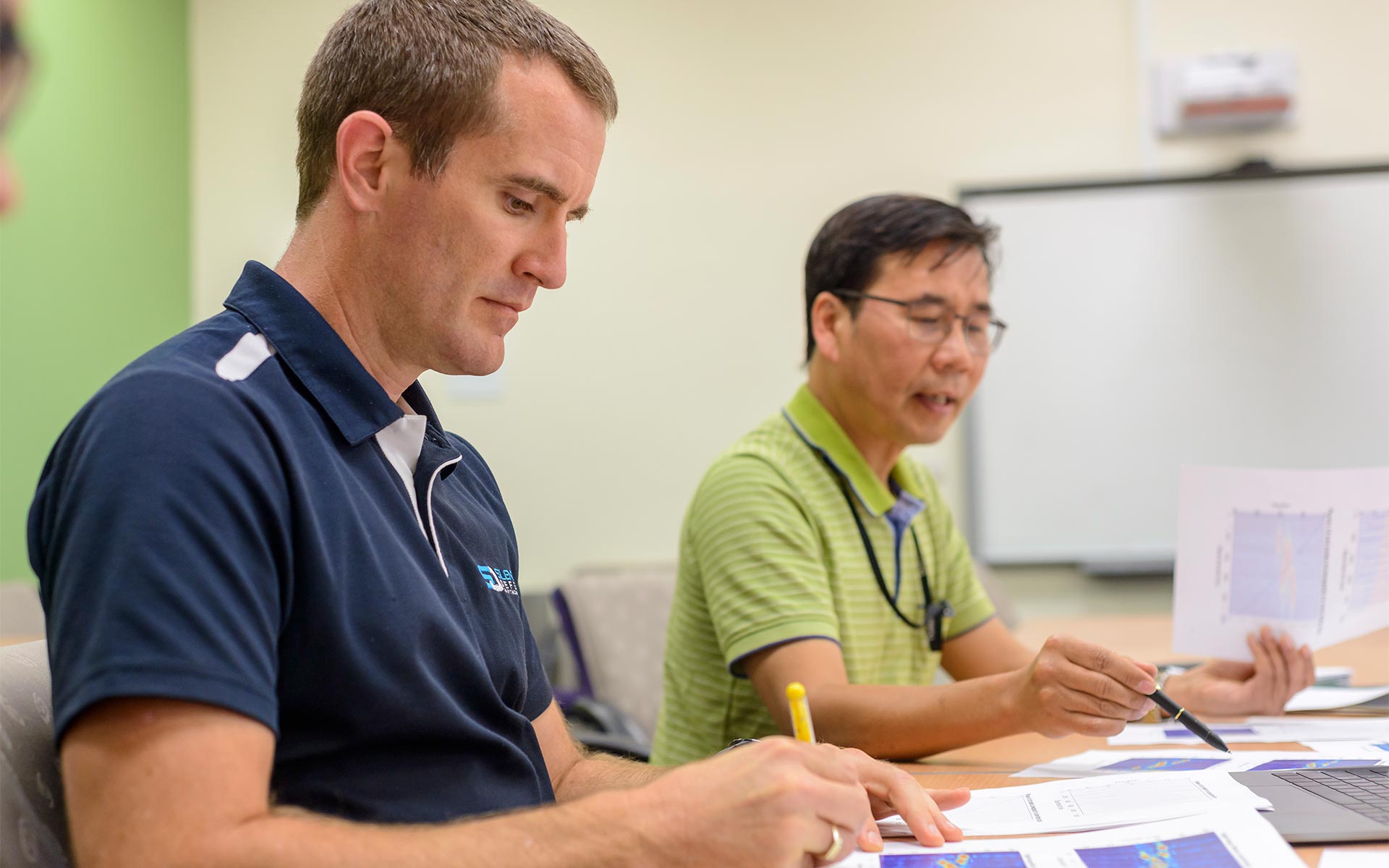Project Value
$331,116
DIP Contribution
$149,450
Status
Project Lead
Prof Kutluyil Dogancay, University of South Australia
Collaborating Partners
Project Summary
Passive ISAR utilises existing transmitters such as TV, radio or satellite, and addresses the challenge of combining multichannel transmissions to enhance passive ISAR imaging performance. These systems can be deployed covertly to offer improved situational awareness to Special Forces practically anywhere, paving the way for development and commercialisation of next generation situational awareness solutions of benefit across Army, RAAF and RAN.
Project Outcomes
This project developed realistic simulation models for the proposed passive radar imaging method exploiting satellite digital video broadcasting signals, studied the research challenges arising from wideband processing due to guard bands between co-channel transponder signals, and proposed and demonstrated a novel solution to this problem based on compressive sensing providing much improved ISAR images.
A potential area for further research and development is low-cost and lightweight software defined radio platforms.
Our Collaboration
Media Mentions

11 June 2020
Lockheed Martin Australia Awards Second Round Of Attack Class Submarine Combat System R&D White Paper Contracts To Australian Industry
Read more






